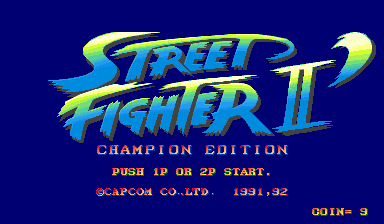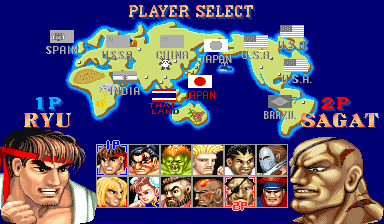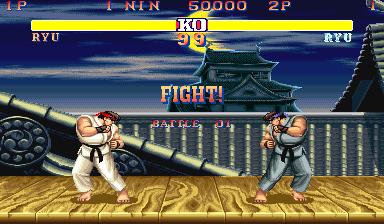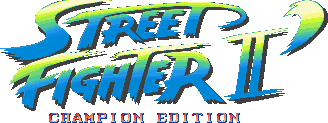

Introduction
After Street Fighter 2 success in the arcades, Capcom released Street Fighter 2' Champion Edition in the following year. Featuring new graphics, new sprites, new artwork, mirror matches, bug corrections, significant gameplay improvements and an overall faster pace, the title set the foundation to modern fighting games. However, the most important feature was the addition of the original four bosses as playable characters, which brought a new level of strategy and fun factor to the beloved series.
Like its predecessor, SF2CE is a fighting game, which means it features matches between two characters in an one-on-one combat fashion. The player chooses a fighter in a twelve character roster and must face all of them, including a clone of him or herself (a.k.a. mirror match) under a given time limit per round. Each fighter has a lifebar, and the player must deplete the opponent's (using normal/special attacks, grabs and throws) to win. After defeating the 8 original selectable chars from SF2, the player still must overcome the four Grand Masters in order to beat the game.
During the game, there are bonus stages where the player must destroy a car, falling barrels and a pile of oil cans, earning points according to his success at doing that.
Like Street Fighter 2, SF2CE runs on Capcom Play System 1 (CPS-1) arcade hardware.
Characters
| Ryu | E.Honda | Blanka | Guile | Balrog | Vega |
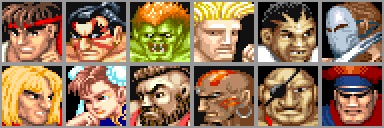 | |||||
| Ken | Chun-Li | Zangief | Dhalsim | Sagat | M. Bison |
